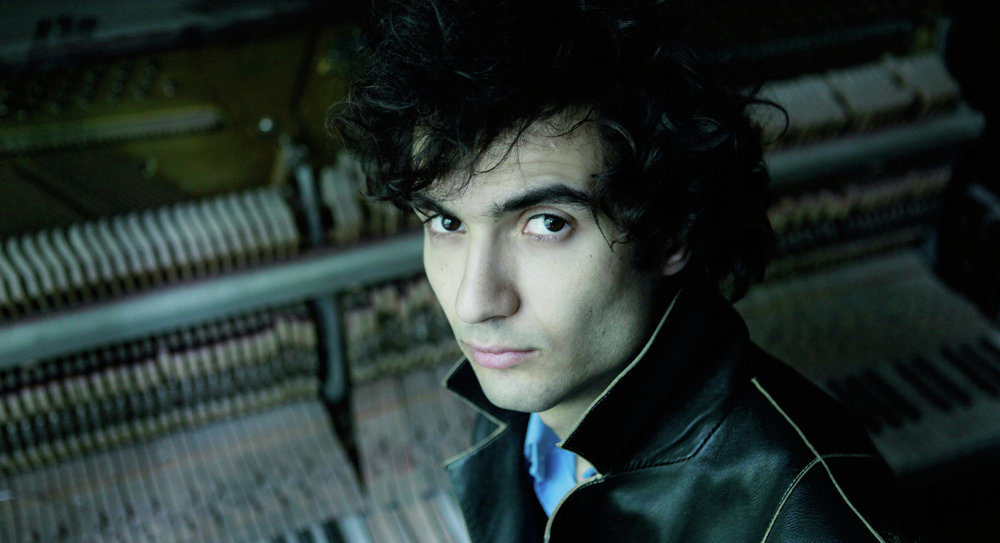— How can you divide yourself between folk music and jazz?
— I don't really think about styles but conceive projects. Now I have a trio in my head — acoustic or electric. This is the most important, and for this formula, I'm selecting suitable tracks from the numerous pieces I've ever written.
I create music non-stop, and it's not that important whether it's jazz or folk. I start to think about styles when selecting the repertoire for a concert. But the music continues to evolve even when it's already recorded, because a live sound is some next level compared to records. It's more like an impression of a specific moment when it's played.
— You are seriously engaged in studying old Armenian music. It's difficult to find something really old, not modern adaption or stylized, isn't it?
— I can say that I rarely go on ethnographic expeditions and use already recorded folk music. However, I have had good friends since studentship, who are engaged in the in-depth study of traditions and travel around Armenian villages searching for unknown old music. I use their recordings.
In fact, I don't seek to find something that nobody has ever heard. You can boggle the imagination even if you take as a basis something that seems to be on the surface — a very famous song that everyone knows by heart.
— There are certain clichés concerning Armenian music: Jivan Gasparyan, duduk and ancient church choral singing. How does your personal view coincide with these stereotypes?
— Clichés don't come from nowhere. Mountains do exist, and duduk is a wonderful instrument.
Duduk doesn't become less significant due to the fact that it's the first thing Armenian music is associated with. Yes, it can be used for purely commercial purposes, but it can also sound very unusual and inventive. For me, duduk isn't a stereotypical instrument. If I want to enjoy its sound, I listen not to commercial arrangements, but to recordings made in the 1950s, or tracks by Jivan Gasparyan, but very early Jivan Gasparyan.
You just should try not to be perfunctory and dig deeper. Monastic choral singing isn't a cliché for me either, but a part of my culture. By the end of next year, I will release an album, which completely consists of arrangements of the Armenian choral music of different eras — from the 15th to 20th century. These pieces are arranged for piano and chamber choir.
— At the same time, you have experience collaborating with Serj Tankian from System of a Down. How could that happen?
— That was when I lived in Los Angeles. Serj's manager called and told me that he had an idea to record an experimental jazz album. I came to Serj's home and recorded a few songs with him as a guest on his album. That's the whole story.
— You used to be a rocker, didn't you?
— Rock will always be a part of me. I do listen to rock music, old and modern.
— Your video clips are very spectacular. There are very few jazzmen who pay any attention to this aspect of presenting their music.
— You're right. For all these years of prosperity in terms of music videos, it has remained alien to jazz.
For me, video is very organic. I don't think my music is pure jazz. First of all, they are akin in a large amount of improvisation, but at the same time, my music has pretty much from visual images. Fortunately, I've had the opportunity to meet a few really talented video artists, for example, director and photographer Karen Mirzoyan, with whom we shot three clips.
My idea is not that video makes you more famous. I think that a clip appears when music badly needs visual expression, when I want to say something by video, and when my close-up is not sufficient.
